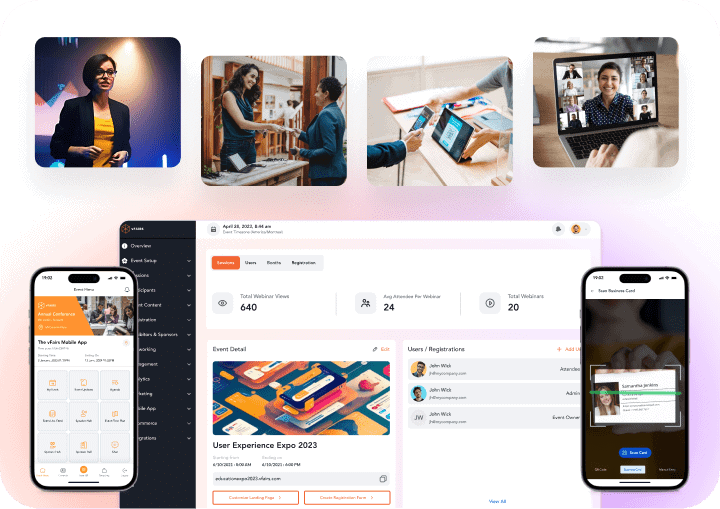
The product itself meets all of our needs for our digital events – live and recorded sessions and opportunities for our attendees to network with each other throughout the event.

“We've been working with vFairs for over 4 years now and in that time we have pulled off dozens of virtual events. What I like best about vFairs is that they are always moving forward and always helping up accommodate our needs within our budget. They understand our process to constantly set us up for success.“
A Seamless Demo of All vFairs products - Transforming Event Industry Through Intuitive Solutions
Excited to host an amazing virtual conference with vFairs? So are we! Get started right away
